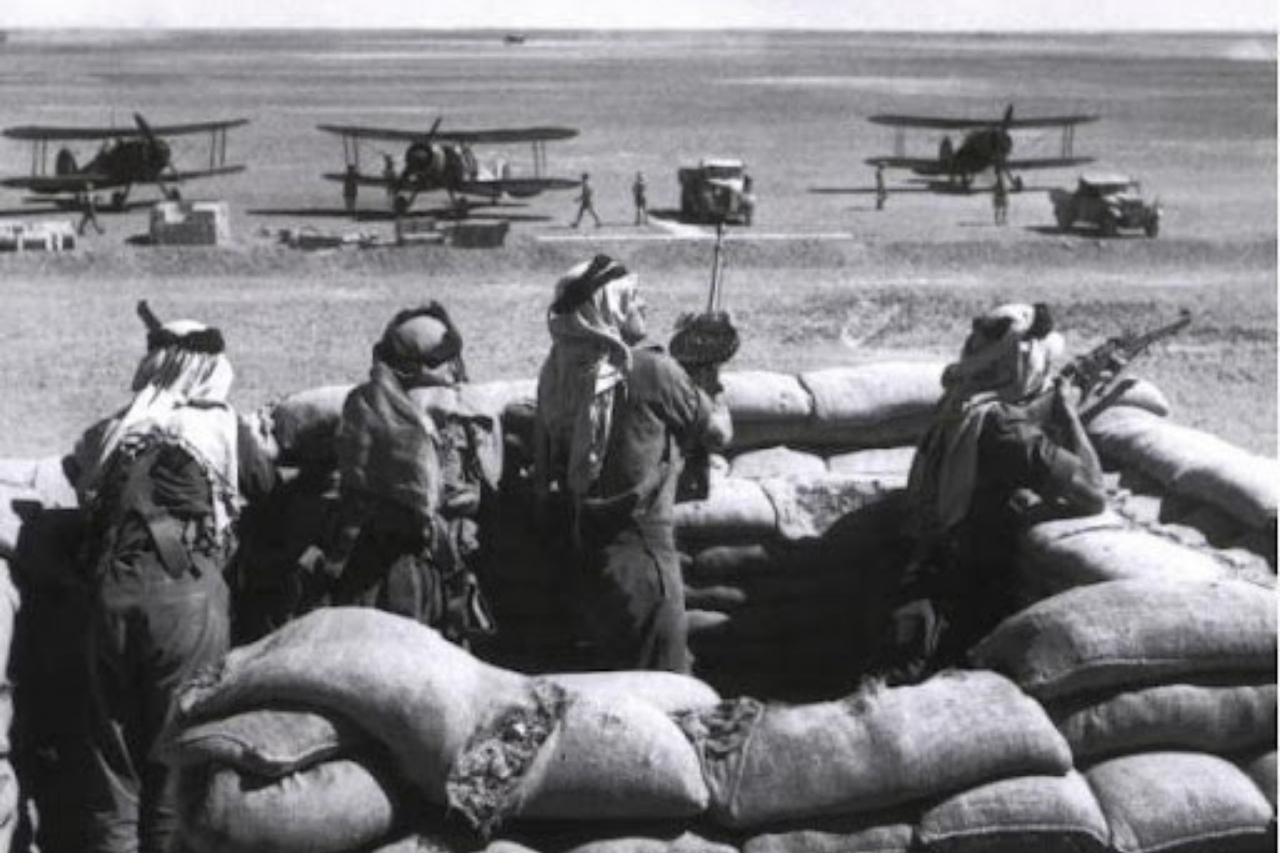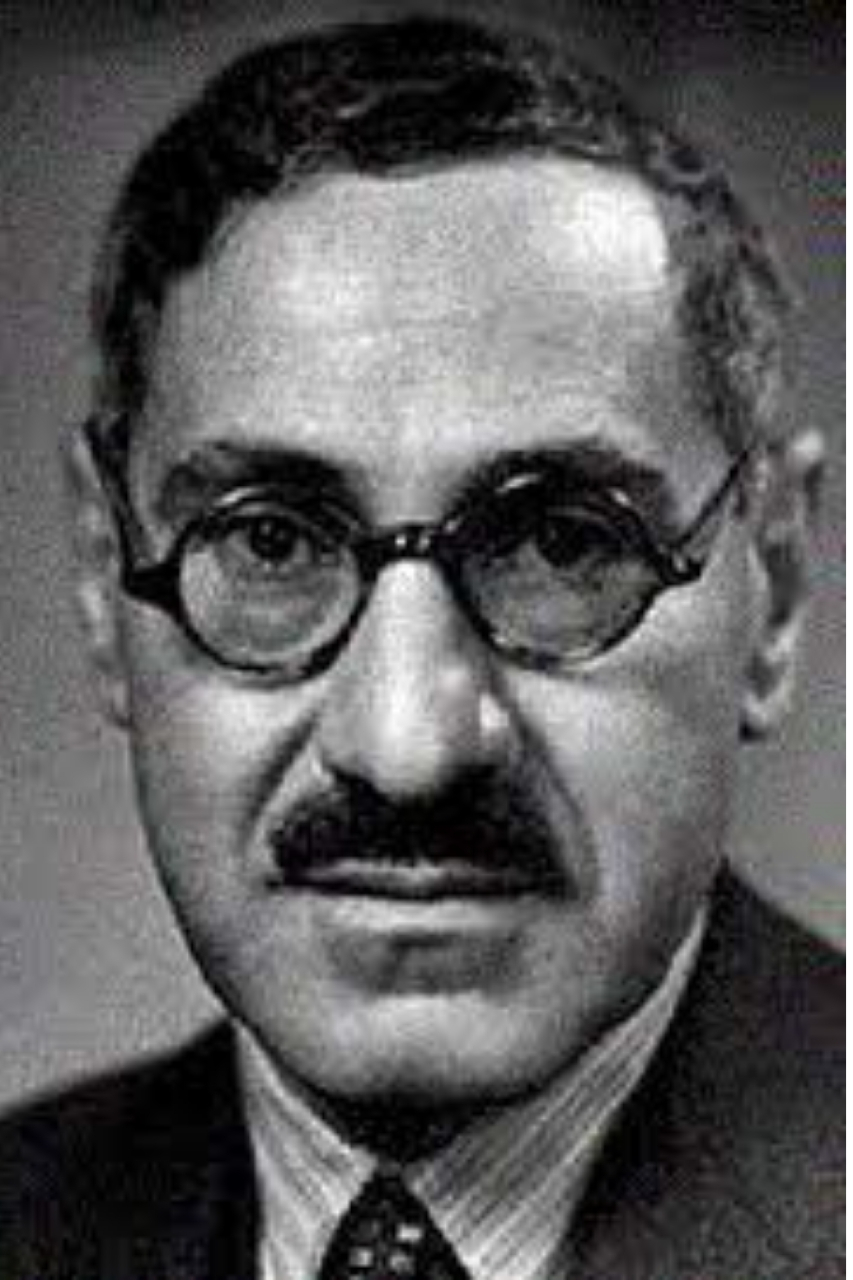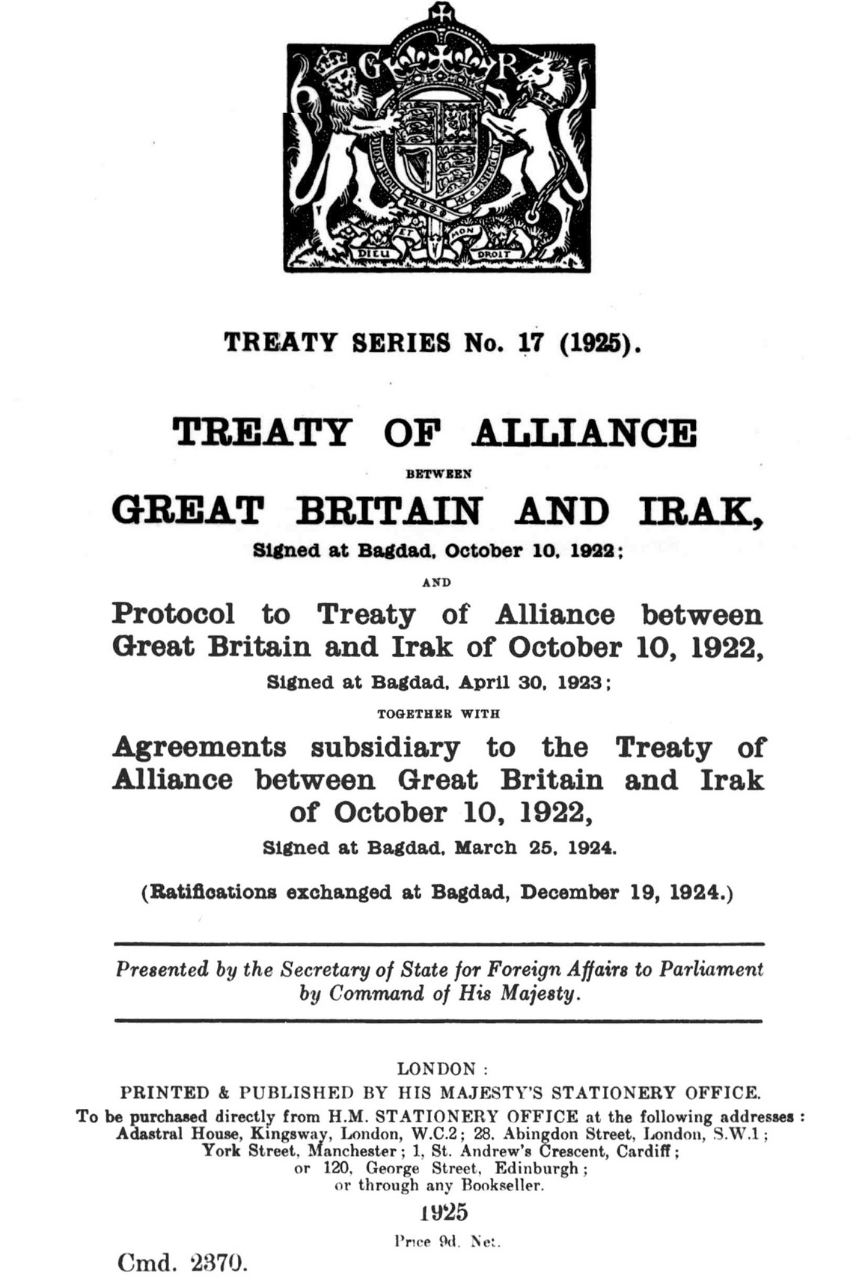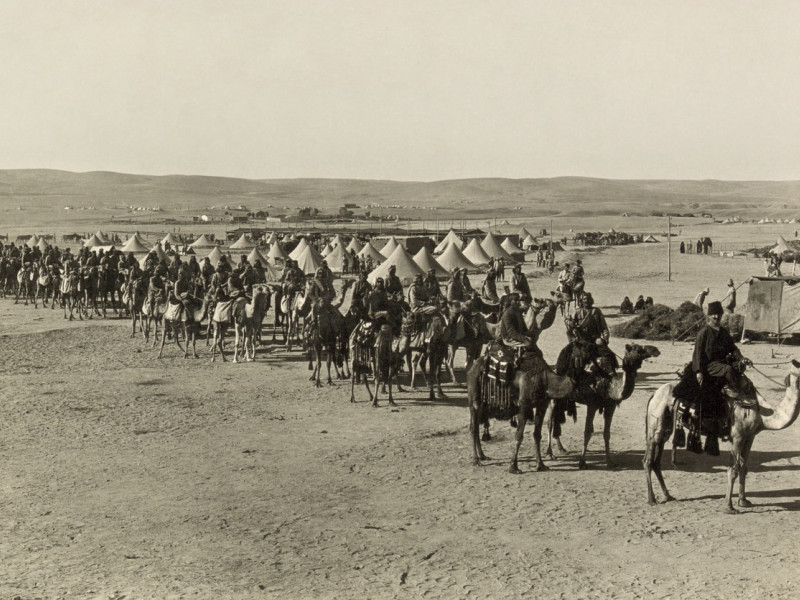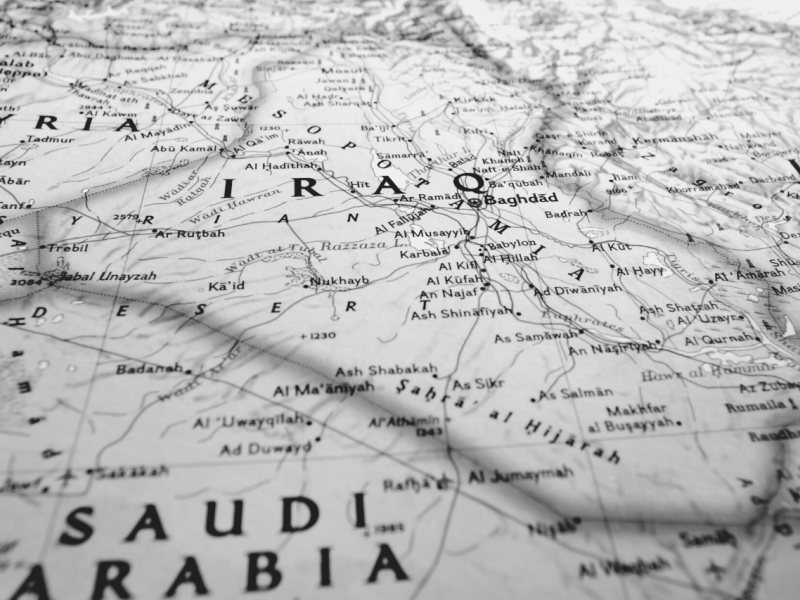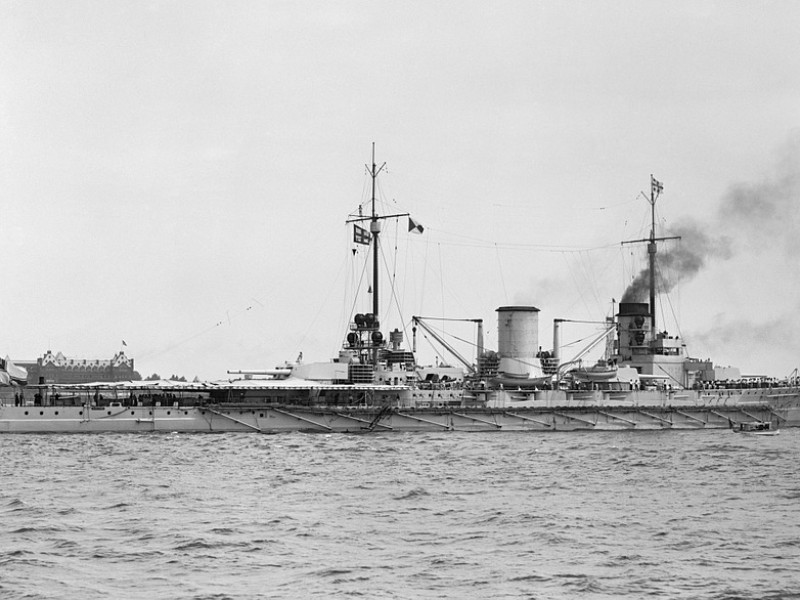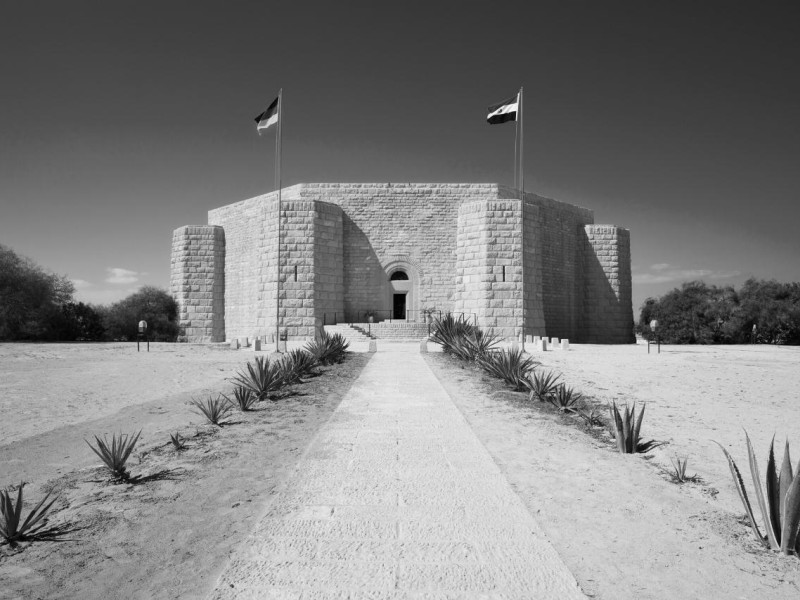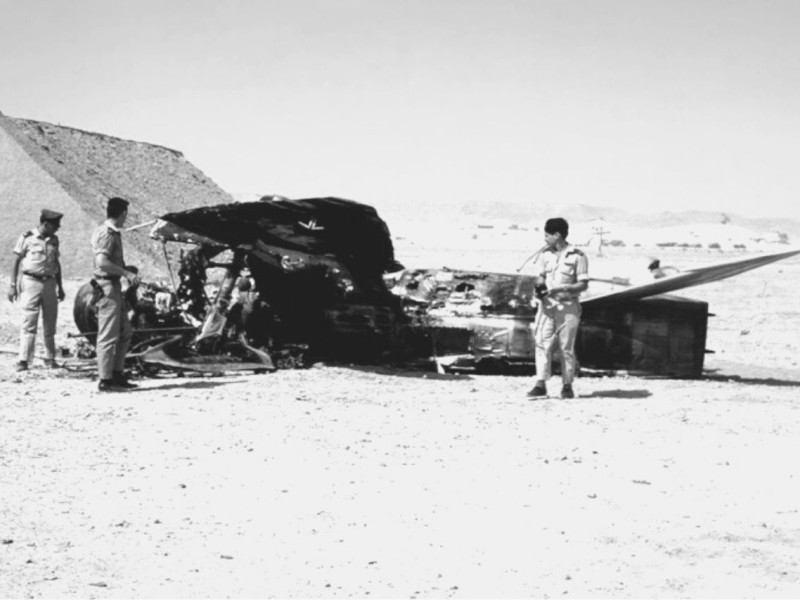The Anglo-Iraqi War: A Bloody, Little-Known Clash During World War II
The Anglo-Iraqi War, or the Rashid Ali Coup, was an important battle that took place in Iraq during WW2. The clash was part of the wider military campaign that Great Britain fought against the Axis Powers during World War II. The Britain Iraqi war started due to a conflict between the United Kingdom and the rebel government of Rashid Ali and lasted from May 2 to May 31, 1941.
What Is the Anglo-Iraqi War?
After Iraq’s Independence in 1932 and shortly after the end of the British Mandate, Britain signed the Anglo-Iraqi treaty, which included the permission to retain military influence in the country. By 1937, British troops had already left Iraq. However, the Royal Air Force was allowed to retain two of their bases.
This measure was meant to control the Iraqi oil reserves and to protect the British interests in the country. Many Arab nationalists didn’t like this because it implied that Iraq was still under control of the British government.
The British occupation of Iraq worried nationalists, who wanted total independence for their country. One of these nationalists was Rashid Ali, who was also known for leading the Party of National Brotherhood.
In March 1941, Rashid Ali led a coup d’etat and seized control of Iraq. On April 1, both the Golden Hittite and the RIA marched to Baghdad to take the city. The Hittite called for Rashid to become Prime Minister. He took power and formed a National Defence Government.
Main Events During the Anglo-Iraqi War
During the Anglo-Iraqi war, the Habbaniya Force advanced into Iraq. Initially, they were to relieve the British garrison forces that were having a hard time defending the Royal Air Force base at RAF Habbaniya. However, the threat to Habbaniya was removed by actions of the garrison before any elements of Habforce arrived. Together, they moved to capture Baghdad.
Halfway through May, the troops began their push in the direction of Baghdad. They combined with Habbaniya’s Assyrian companies and the King’s own forces to win Fallujah and the Euphrates bridge. This was followed by a battle that would last for several days.
Bombardment of Habbaniya planes won the first round, whereas a counterattack made by the Iraqis and led by tanks won the second. However, this victory caused a lot of suffering for the citizens of Fallujah.
After Fallujah was taken, the Allies set their sights on Baghdad. However, they didn’t have enough troops. By this time, they only had around 1,500 and this was too small to threaten the vast Royal Iraqi Army. Knowing that they would be outnumbered, they split their group into two columns of 750 men each and moved out during predawn darkness on May 28.
Germany Enters the Anglo-Iraqi War
The Allies hoped this would scare the Golden Square and send the junta retreating towards the north. If this didn’t work, there was a serious chance that the Iraqis would notice how small the invasion force was. In that case, it was certain that they would just buy time and wait for German support.
When Rashid Ali took over Baghdad, he refused to allow the British military forces to enter Iraq. During this time, Britain was also busy fighting the Italian and German forces in North Africa. They were also preparing to invade Syria, which was instead captured by the French.
In April 1941, the Iraqi government had asked Germany for military assistance against Britain, with the intent to remove British power from Iraq. When Rashid became Prime Minister, he immediately made the Party of National Brotherhood (HIW) the only legal party in Iraq. He also started persecuting Pro-British politicians and citizens in the country.
When Rashid welcomed Arab leaders in Iraq, it worsened relations between Britain and Iraq. The British government responded by declaring Rashid’s government illegal.
The End of the Anglo-Iraqi War
Motivated by promises of Germany and Italy's support, Ali launched an attack on the British bases in Western Iraq. He also attacked British forces who landed in the southern city of Basra. German support appeared but it was simply a few fighter planes.
Britain announced its declaration of war on Iraq. The British forces then easily defeated the Iraqi military and gave the power to the Regent of Iraq, Prince ‘Abd al-Ilah, a British ally.
The war seemed like the perfect opportunity to bring down the British, at least at the time. It happened just before the disastrous Greece and Crete Campaign, and during the war in Egypt and Libya. On May 31, 1941, the Anglo-Iraqi War ended in an armistice that agreed to halt the fighting for four weeks.
The Anglo-Iraqi Treaties
There are a total of four treaties between the United Kingdom and Iraq, signed in 1922, 1926, 1930 and 1948. After World War I, Iraq had become a mandated state of the League of Nations. In 1920, Britain was awarded the mandate for Iraq. Britain then decided to set up an Iraqi monarchy.
The 1922 Treaty
They elected Faisal, the third son of Husayn ibn Ali, as the Sharif of Mecca. Before his coronation, the high commissioner in Baghdad suggested that the mandate might be made more palatable if its terms were to be embodied in a treaty between Britain and Iraq. This brought to life the treaty of 1922.
After this, the tension rose between the two nations. The British wanted to have control in Iraq, while Faisal wanted to be independent and not appear as a British puppet. The treaty covered every important political aspect including the constitution.
The treaty also made Iraq responsible for defending itself from external aggression while securing British Imperial interests in the county. Because of this, the treaty was unpopular in Iraq.
Eventually, the opposition organized to resist the enforcement of the treaty. Some of the leaders of the opposition were arrested because of this. When Faisal became ill a few days before his signature was due, the British forced the prime minister to sign the treaty. In 1923, a protocol for the treaty was negotiated. This reduced its operative period from 20 years to four years.
The 1926 Treaty
Unlike the other problematic treaties, The treaty of 1926 was deemed fair. Its primary goal was to resolve the settlement of the Turco-Iraqi frontier. It helped improve Kurdish linguistic rights for the population of the area. The treaty was then extended for 25 years, unless Iraq entered the League of Nations before the end of the period.
The last six years were smooth and there weren’t as many conflicts as in the previous years. In 1927, during the first reconsideration, the United Kingdom suggested Iraq be considered for league membership in 1928. These negotiations continued until 1929 before being dropped.
The 1930 Treaty
The treaty signed in 1930 was replaced by the 1922 and 1926 treaties. The treaty came into effect after Iraq was accepted into the League of Nations, in 1932, after the abolition of the British Mandate. The treaty officially recognized the independence of Iraq.
However, its primary purpose was to maintain Iraq’s dependent situation on military and foreign affairs. The 1930 Anglo–Iraqi Treaty was perhaps the fastest treaty to come to a conclusion.
This happened primarily because, during this time, there were no oppositions. The treaty announced that Iraq would have full responsibility for maintaining internal order. The treaty also said that the British Royal Air Force could stay in Iraq.
It was only in the late 1940s that the Iraqi opposition aggressively opposed British control and influence. In 1946 and 1947, the British government expressed interest in extending the 1930 treaty under the guise of revising it.
For Iraq, the negotiations were spearheaded by Nuri al-Sa’id and Abd- all-ah, but were carried out by the Shi’ite Prime Minister, Salih Jabr. Jabr and his colleagues worked on a new treaty which they released on January 15, 1947. The treaty was identical to the 1930 version, so it was rejected.
The 1948 Treaty
The agreement in 1948, signed in Portsmouth, was created to provide the “commission of joint defense.” Iraq remained a base for the British armed forces. As a result, a popular uprising erupted and the Parliament of Iraq rejected the treaty.
Only in 1955, an agreement signed in Baghdad finally replaced the 1930 treaty. This allowed Britain control over the Iraqi army and its military airbases. British air forces were left in Iraq.
After the Iraqi revolution of 1958, the government declared that it was leaving the Baghdad Pact. They also denounced the 1955 agreement. Relations between Britain and Iraq were then guided by the treaty until 1958 when it was refused to acknowledge by the revolutionary government.
Conclusion
After reading this article, you are perfectly informed about the Anglo-Iraqi war! Let us help your memory by listing the main events once again:
The Anglo-Iraqi War, also known as the Rashid Ali Coup, was a crucial part of the history of Iraq in WW2.
The Britain-Iraq war was part of the wider military campaign that Great Britain fought against the Axis Powers during World War II.
In March 1941, Rashid Ali led a coup d’etat and seized control of Iraq. On April 1 both the Golden Hittite and the RIA marched to Baghdad to take the city.
On May 31, 1941, the Anglo-Iraqi War ended in an armistice that agreed to halt four weeks of fighting.
There are a total of four Anglo-Iraqi treaties signed in 1922, 1926, 1930, and 1948.
Did you know all of these facts about the role of Iraq in World War II? We hope we satisfied your curiosity!
